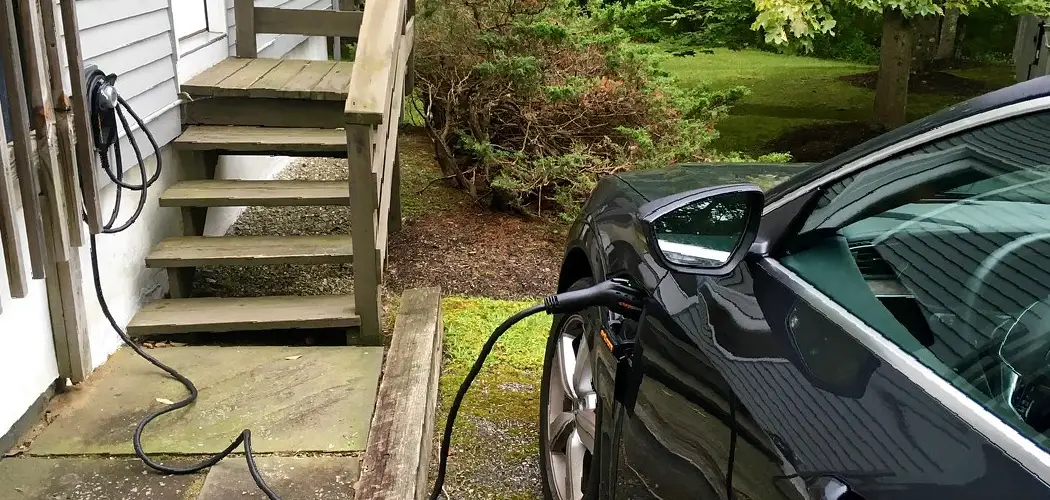Installing a Level 2 charger in your garage is a practical and efficient way to ensure your electric vehicle (EV) is always ready to go.
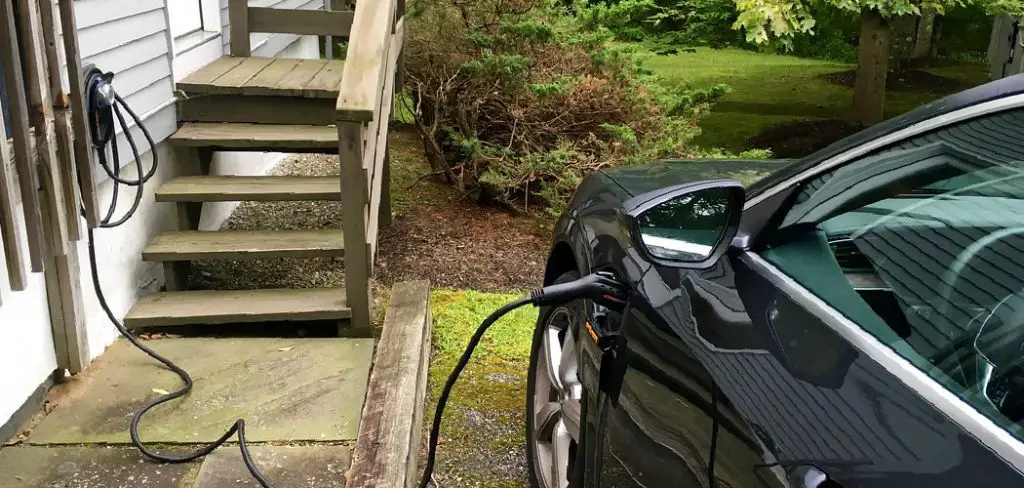
Unlike standard Level 1 chargers, which can take an extended amount of time to charge your vehicle, Level 2 chargers significantly reduce charging time, making them a popular choice for EV owners.
This guide on how to install level 2 charger in garage will walk you through the essential steps, considerations, and tools needed to safely and successfully install a Level 2 charger in your home garage. Whether you’re a seasoned DIY enthusiast or planning to hire a professional, understanding the process is key to making informed decisions.
Why Install a Level 2 Charger in Your Garage?
Installing a Level 2 charger in your garage has numerous benefits, including:
Faster Charging Time:
As mentioned earlier, Level 2 chargers significantly reduce charging time compared to standard outlets. This means you can charge your EV overnight and have it fully charged by the morning. This convenience eliminates the need to constantly search for public charging stations or wait extended periods for your car to charge.
Cost Savings:
Although the upfront cost of installing a Level 2 charger may seem expensive, it can actually save you money in the long run. With faster charging times, you can take advantage of lower electricity rates during off-peak hours and potentially receive tax credits or rebates for using an electric vehicle.
Increased Range:
Level 2 chargers are capable of delivering up to 25 miles of driving range per hour of charging. This means that even if you have a longer commute or frequently use your EV for long-distance trips, you’ll have enough range to get through the day with just a few hours of charging. Additionally, many EVs now have longer battery ranges, with some models capable of driving for over 300 miles on a single charge.
Convenience:
Level 2 chargers can easily be installed at your home or workplace, allowing for convenient charging while you’re going about your daily routine. With the ability to fully charge your car overnight or during the workday, you’ll always start each day with a full battery and never have to worry about finding a public charger in case of an emergency.
Environmental Benefits:
Electric vehicles produce zero emissions, making them much better for the environment than gas-powered cars. By switching to an EV and utilizing a Level 2 charger, you can significantly reduce your carbon footprint and contribute to a healthier planet. Additionally, electric vehicles do not require oil changes or emit harmful pollutants like traditional gasoline cars, making them a more sustainable transportation option.
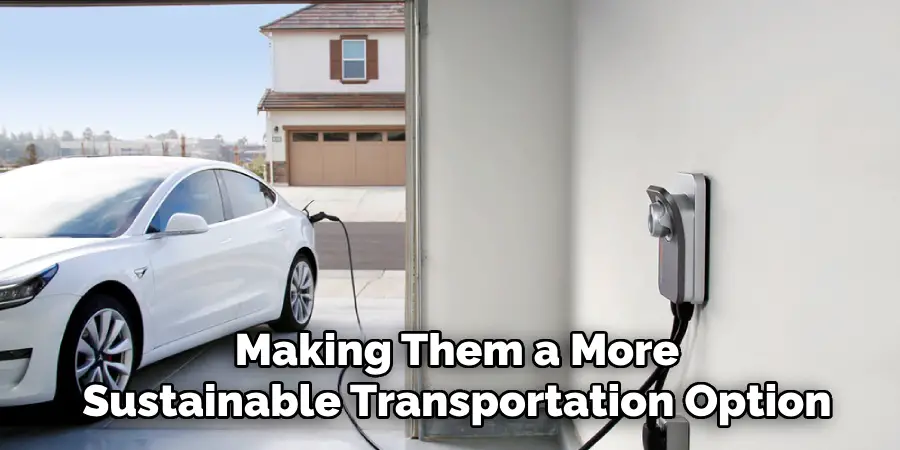
Needed Materials
To successfully charge an electric vehicle, you will need a few key materials:
An Electric Vehicle:
This can be a fully electric car or a plug-in hybrid. Make sure the vehicle is compatible with Level 2 charging and has a port that matches the outlet of your charger.
A Level 2 Charger:
This type of charger can be installed at home or found in public charging stations. You will need to have a dedicated circuit for the charger and make sure it is rated for the appropriate voltage and amperage for your specific electric vehicle.
Charging Cable:
Your electric vehicle should come with a charging cable, but if you are using a public charging station, make sure to bring an extra one just in case. The cable should also match the outlet of your charger.
Access to Electricity:
Electric vehicles require electricity to charge, so make sure you have access to a power source at home or near your regular parking spot. If you live in an apartment or condominium, check with your building management about installing a dedicated charging station.
Charging Time:
The time it takes to charge an electric vehicle can vary depending on the battery size and level of charge. It is recommended to fully charge your vehicle overnight for convenience and cost savings.

Range Anxiety:
One common concern with owning an electric vehicle is range anxiety – the fear of running out of battery power while driving. This can be alleviated by planning ahead and being aware of nearby charging stations along your route.
6 Simple Step-by-step Guidelines on How to Install Level 2 Charger in Garage
Step 1: Determine the Type of Charger You Need
Before installing a Level 2 charger in your garage, it’s essential to identify the right charger that suits your electric vehicle and household requirements. Check your EV’s specifications to determine its maximum charging rate and ensure compatibility with the charger you select.
Additionally, consider factors like the available charging speed, smart capabilities such as Wi-Fi connectivity, and whether the charger will require a hardwired installation or use a plug-in setup. Making an informed decision about the charger type will streamline your installation process and maximize charging efficiency.
Step 2: Install a Charging Station
Once you have selected the appropriate charging station for your EV, it’s time to install it. The installation process may vary depending on the type of charger you have chosen. Some chargers require professional installation by a certified electrician, while others can be easily installed by the owner. In either case, it is important to follow all safety guidelines and instructions provided by the manufacturer.
Before beginning the installation process, make sure to turn off the power at the circuit breaker panel to avoid any potential electrical hazards. Then, carefully follow the steps outlined in the charger’s manual or hire a professional electrician if necessary. It is important to properly mount and secure the charging station in a safe location near the electrical panel to avoid any tripping hazards or damage to the charger.
Step 3: Connecting the Charger to the Power Supply
Once the charging station is securely mounted, it’s time to connect it to a power supply. This step should only be done after ensuring that all safety precautions have been taken and following the manufacturer’s instructions.
Before connecting the charger, make sure to check for any defects or damage on the power cord or outlet. If there are any signs of wear and tear, do not attempt to use the charger and contact the manufacturer for a replacement.
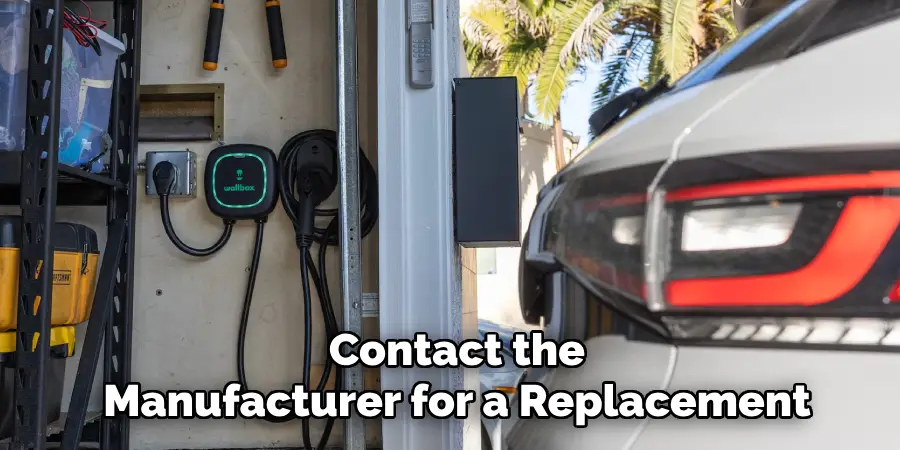
Step 4: Setting Up Authentication and Access Control
Authentication and access control measures are essential for preventing unauthorized access to your charging station. Most modern chargers come with built-in authentication methods such as RFID cards or keypads.
If your charger does not have these features, you can purchase separate access control systems and integrate them with your charging station. These systems can be as simple as a PIN code lock or as advanced as biometric scanners.
Step 5: Implementing Safety Measures
Safety should always be a top priority when setting up a charging station. Here are some safety measures you can implement:
- Install GFCI outlets to protect against electric shocks.
- Use surge protectors to prevent damage to your charging equipment and vehicles.
- Regularly inspect the charging station for any signs of wear and tear and replace or repair it as needed.
- Keep a fire extinguisher nearby in case of emergencies.
- Make sure all cables and connections are properly insulated to avoid electrocution or fire hazards.
Step 6: Educating Users
It is important to educate users on the proper use of your charging station to ensure their safety and the longevity of your equipment. Here are some tips you can share with them:
- Always inspect the charging cable for any visible damage before use.
- Never touch the charging cable or station with wet hands.
- Only use the designated plug and outlet for your specific vehicle model. Do not attempt to force a different plug into the outlet as it may cause damage.
- Avoid using extension cords or adapters, as they can increase the risk of overheating and fire hazards.
- Do not leave your vehicle unattended while charging. If you must step away, make sure to lock your car and take your keys with you.
- Be mindful of other users and do not unplug their vehicles without their permission.
- In case of an emergency, safely disconnect the charger by unplugging it from both the vehicle and the outlet.
- Always keep a close eye on the charging process and monitor any changes in temperature or unusual sounds.
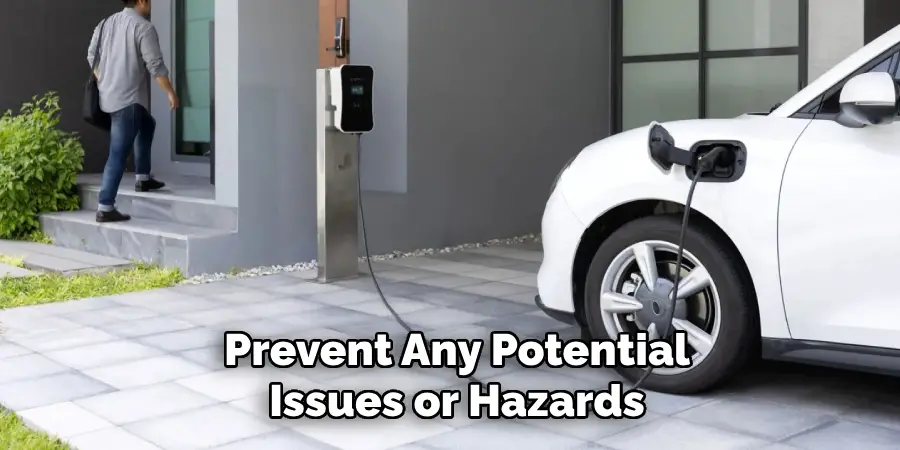
Following these steps on how to install level 2 charger in garage can help ensure a safe and efficient charging experience for both you and those around you. Additionally, it is important to regularly maintain your electric vehicle, including checking the battery and charging system, to prevent any potential issues or hazards.
Safety Tips for Using an Electric Vehicle Charging Station
As electric vehicles continue to gain popularity, more and more public charging stations are being installed to accommodate their use. While these stations provide convenience for EV owners, it’s important to practice proper safety measures when using them. Here are some tips to ensure the safe and efficient use of an electric vehicle charging station:
- Before plugging in your vehicle, make sure the charging station is compatible with your car’s charger type. Some stations may only have specific connectors available.
- If you notice any damage or wear on the charging cable or plug, do not use it. This could potentially cause harm to yourself or damage to your vehicle.
- Always follow the instructions provided at the charging station. Some stations may have specific protocols for starting and stopping a charge.
- Park your vehicle close enough to the charging station so that the cable can reach without being overstretched, but be mindful of other vehicles using the station as well.
- Do not leave your vehicle unattended while it’s charging. This is important for safety reasons and also out of courtesy for others who may need to use the charging station.
- Once fully charged, promptly remove your vehicle from the charging station so that others can utilize it.
- If necessary, report any issues with the charging station to the appropriate authorities or contact the information provided.
- Be mindful of any time limits for charging at the station, and avoid overstaying your welcome.
- Always leave the charging station area clean and free of any trash or debris.
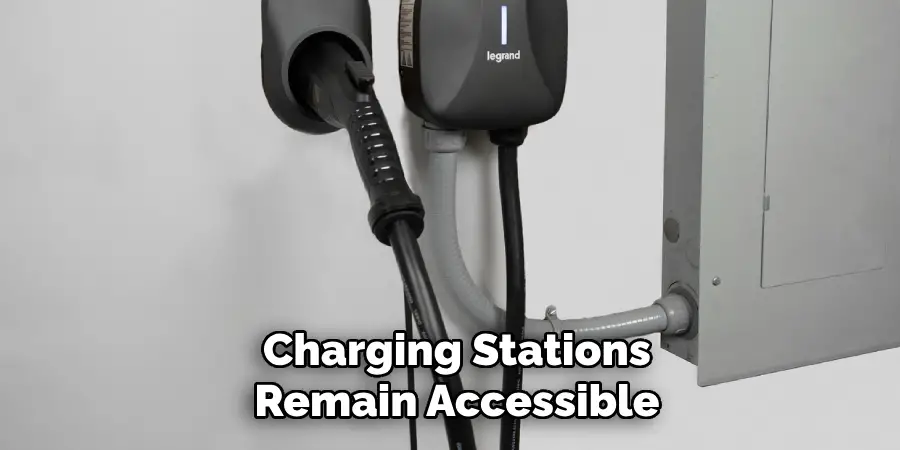
Conclusion
By following these guidelines on how to install level 2 charger in garage, you can help ensure that electric vehicle charging stations remain accessible, efficient, and considerate for everyone.
Practicing good charging station etiquette not only promotes fairness but also supports the growing adoption of sustainable transportation. Together, we can contribute to a cleaner, more cooperative future.
I am Rick. I grew up helping my dad with his handyman service. I learned a lot from him about how to fix things, and also about how to work hard and take care of business. These days, I’m still into fixing things- only now, I’m doing it for a living.
I’m always looking for new ways to help people grow and develop. That’s why I have created this blog to share all my experience and knowledge so
that I can help people who are interested in DIY repair.

